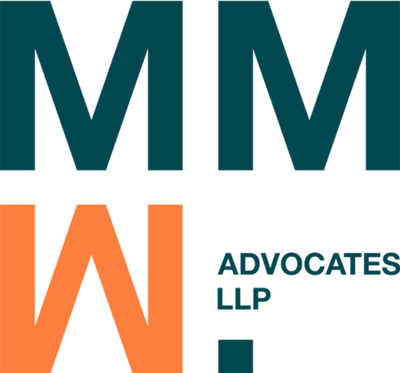Picture this: you’ve been summoned to a disciplinary hearing. You walk into the boardroom, tense but hopeful, ready to explain your side. Then you notice it. Sitting across from you are two familiar faces, managers you’ve clashed with before. One once questioned your competence in a team meeting. The other accused you of being “unmanageable.”
The session begins with icy tension, questions feel like traps, unseen documents surface, your calm explanations fall on deaf ears, and a week later, your fears materialize in the form of a termination letter on your desk.
Sounds familiar? You’re not alone. In many workplaces, the disciplinary panel itself becomes the problem, a reality laid bare in David Mutisya v G4S Kenya Limited [2025] KEELRC 2474 (KLR), where the Court revealed how bias can quietly invalidate an entire disciplinary process.
When Fairness Fails Before it Begins
In that case, a long-serving employee, after over 25 years of service, was dismissed for alleged insubordination. But when the Court looked deeper, it wasn’t the misconduct that sank the employer’s case; it was the bias of the disciplinary panel.
Two members of the panel had clear conflicts of interest. The employee objected to their presence, but the company brushed off his concerns. To make matters worse, new allegations never mentioned in the original show-cause letter were introduced mid-hearing. The panel secretary was not even from HR, contrary to company policy.
The Court didn’t mince words: a biased panel invalidates the entire process, no matter how strong the evidence. Fairness, the judge emphasized, isn’t optional, it’s a legal obligation anchored in Section 45 of the Employment Act, 2007. The court stated:
“Procedural fairness goes beyond issuing a Notice to Show Cause and inviting an employee to a disciplinary hearing. One of the fundamental principles of natural justice is that the decision makers ought to be impartial and free from bias. The bias can be actual, imputed, or apparent…
Indeed, the bias did not have to be actual. Even apparent bias was sufficient to disqualify Mr. Mwove as a member of the discipline committee.”
The Cost of Bias- Kshs. 2,058,071.30
Kshs. 2,058,071.30 — that’s what G4S Kenya paid for getting the process wrong, not the facts. The Court was clear: fairness isn’t a favour; it’s the foundation of justice at work. Bias doesn’t always roar — it whispers through tone, selective questioning, or rushed conclusions. A supervisor with history or a manager eager to make an example can unknowingly tilt the scales. Yet Kenyan law demands more — every employee must be heard by an impartial panel. Once that line is crossed, the termination becomes unfair and unlawful, no matter how solid the allegations. The G4S case proved that fairness is structural, not situational. Employers must build discipline processes that withstand scrutiny: impartial panels, transparent handling of bias objections, clear show-cause letters, and strict adherence to their own procedures. Employees, too, must speak up when they sense bias. Silence is often mistaken for consent. Because when bias creeps in, the damage goes beyond court awards; it corrodes trust, morale, and reputation.
In the end, justice in the workplace isn’t just about what is decided. It’s about how it’s decided.
By Stella Muraguri and Moffat Atancha
